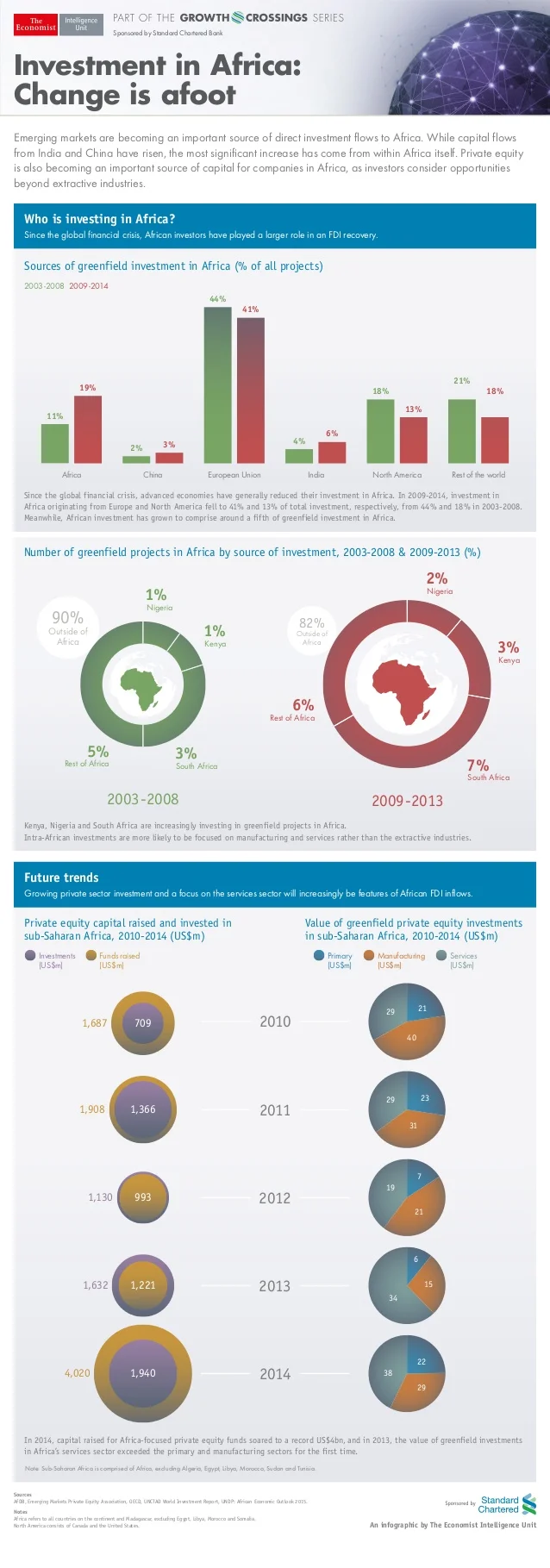Master The Ins And Outs Of Payment Bonds And Find How They Can Guard Your Construction Project'S Success
Master The Ins And Outs Of Payment Bonds And Find How They Can Guard Your Construction Project'S Success
Blog Article
Author-Herring Putnam
When it pertains to construction jobs, recognizing payment bonds is essential for both specialists and project owners. These bonds act as a safety net, making certain that subcontractors and distributors earn money in a timely manner. However how do they function, and what should you think about prior to protecting one? Browsing the complexities can seem difficult, yet realizing these crucial elements could make a significant difference in your project's success. Let's discover what you need to understand.
What Are payment Bonds and Exactly How Do They Function?
payment bonds are important devices in the building market, guaranteeing that subcontractors and suppliers get paid for their job.
Basically, a repayment bond is a legal arrangement in between you, the specialist, and a surety business. When you protect a settlement bond, it guarantees that if you stop working to pay your subcontractors or vendors, the surety business will action in and cover those settlements.
This bond safeguards the interests of those that provide labor and products, providing satisfaction.
To obtain a repayment bond, you'll need to apply via a surety, which will certainly evaluate your monetary stability and task details.
The Significance of payment Bonds for Professionals and Job Owners
While navigating the intricacies of construction jobs, recognizing the importance of payment bonds can substantially influence your success as a service provider or task owner.
payment bonds supply a safety net, making certain that subcontractors and vendors make money for their job, which helps maintain task energy. By protecting https://economictimes.indiatimes.com/markets/bonds/budget-2022-time-to-raise-awareness-and-acceptance-of-surety-bonds/articleshow/89219376.cms , you show financial duty, improving your reputation and bring in more customers.
It additionally secures you from possible liens on your building, enabling you to concentrate on job conclusion without economic interruptions. For contractors, payment bonds can open doors to bigger tasks, while project proprietors gain peace of mind understanding their investment is protected.
In the affordable building and construction landscape, payment bonds are vital for fostering trust and ensuring smooth task execution.
Secret Considerations When Protecting payment Bonds
When you're securing payment bonds, it's vital to consider a number of factors that can influence your project's economic stability.
First, assess https://how-to-start-a-small-onli95162.luwebs.com/35051043/the-function-of-fidelity-bonds-shielding-your-service-from-staff-member-deceit need, generally covering the overall value of your contract. Next, evaluate just click the up coming document makes sure fewer inconveniences later on.
Comprehend the certain requirements for getting the bond, including credit rating checks and financial declarations, as these can influence your qualification. Also, take notice of the bond's terms and conditions; clarity on commitments can avoid conflicts.
Finally, contrast prices from various service providers, however do not simply select the most affordable rate-- take into consideration the overall service and support provided.
Conclusion
In recap, comprehending payment bonds is essential for both professionals and task owners. https://alexiswrmfa.mybuzzblog.com/14086799/fidelity-bonds-debunked-how-they-secure-your-organization-possessions protect everyone included by guaranteeing timely settlements to subcontractors and providers, maintaining projects on the right track. By very carefully examining bond quantities and companies, you can mitigate financial risks and foster trust fund amongst all parties. Make sure to navigate the application process completely to protect the appropriate bond for your job, eventually contributing to a successful building end result.
